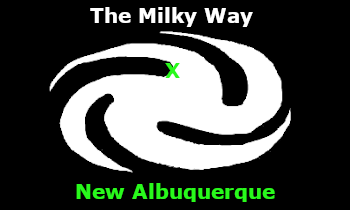Geography
Takara Prime is divided into two main continents with various islands and archipelagoes. Each of these continents was home to one ethnicity of the Takarran people. The eastern continent was the homeland of the Purple Takarans, and the western was the homeland of the Red Takarrans.
Life
Takara Prime is the home-world of the Takarrans, an amphibian people long and bitterly divided into two warring ethnicities. Later, it was also the home of the clandestine war-robots that killed off most of the Takarrans. (the Defendrons and the Cryptobots)
History
Separated by geography, the Takarran people were divided into two warring factions. The western Red Takarrans lived in a relatively egalitarian society where each Takarran voted on elected officials and the weightier issues based on their “estimation”, a numerical score each Red Takarran was assigned by a coalition of the government and other prominent organizations. The Purple Takarrans lived in a far more hierarchical empire ruled by those who possessed the “Sparks of Honor”, a set of powerful talismans (originally forged of precious metals, and later imbued with AI technology) that typically passed from vanquished to victor in contests of battle to the death. These two factions waged long and bloody wars from the time they discovered long-distance ocean travel until the apocalyptic war of Crypto-botics, when the majority of Takarrans on both sides were wiped out by war-robots disguised as innocuous pieces of technology.
In GSC 179 explorers from the PLAS discovered the planet, covered in large, but seemingly abandoned technologically developed cities, with the few surviving Takarrans living primitively in the wilderness, mortally afraid of technology. See: Exodus
Following first contact, many of the surviving Takarrans were rescued by the Planetary League Alien Assistance Agency (PLAAA), as the planet was taken over by the Cryptobots eventually leading to the Second Robot War.















